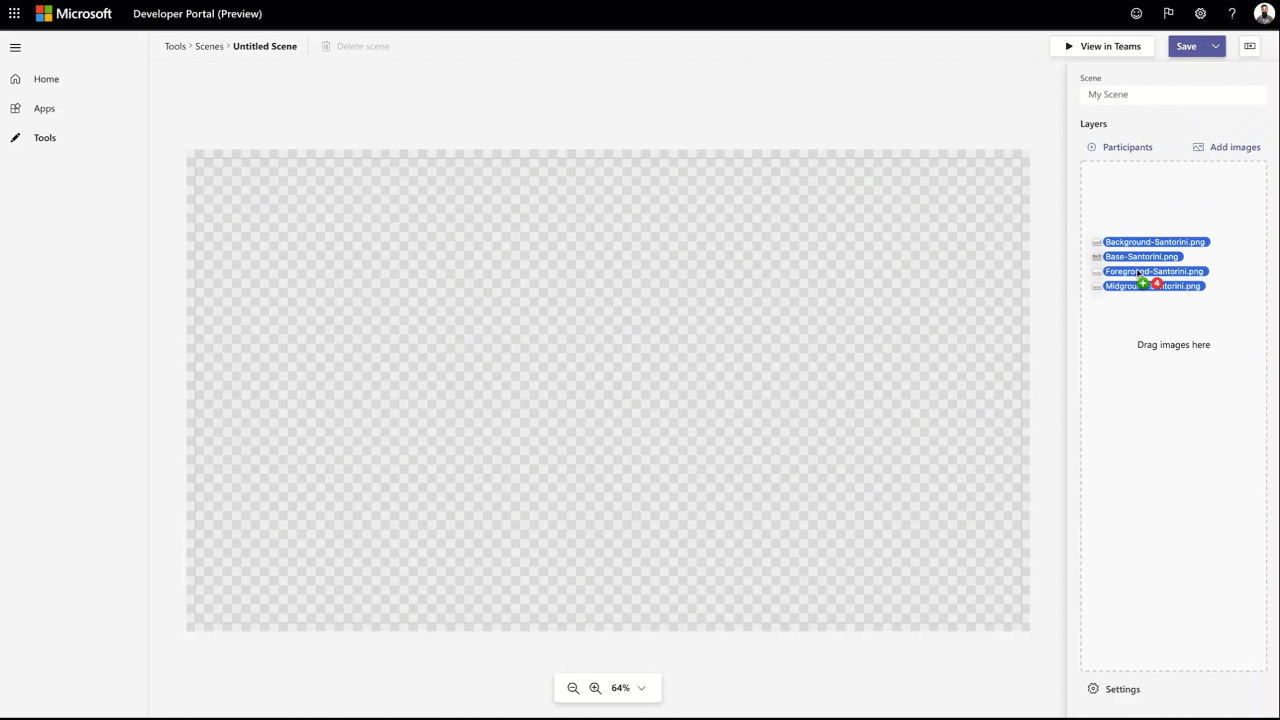
Microsoft’s annual Build developer conference kicked off virtually on May 25th with news and updates about several apps and services the company offers. As with most Build conferences, most of the news focuses on the developer side of things, but there are a few interesting tidbits that some consumers may enjoy.
Announcements cover Microsoft’s Visual Studio app, Azure cloud services, GitHub and more. However, the few Windows 10 and Teams announcements should be front and centre for users. For Windows 10, Microsoft says the desktop operating system now runs on over 1.3 billion devices worldwide. To further support developers who use the platform, Microsoft says the graphical user interface (GUI) app support on Windows Subsystem for Linux (WSL) is now available — those interested in learning more about that can do so here.
When it comes to Teams, Microsoft’s business chat platform, the company shared some big visions. Microsoft says there are now 145 million people using Teams every day. The company plans to take advantage of that userbase by introducing what it calls a “new class of apps” — collaborative apps.
Microsoft positions collaborative apps as a way for users to easily and seamlessly work with others on projects. Importantly, the apps will enable this work anywhere and should eliminate the friction of switching between apps by existing within the Teams interface.
For developers, Microsoft says collaborative apps are easy to make. Developers can integrate existing apps into Teams, use standard web technologies and combine them with Teams APIs to integrate solutions into messaging, channels and meetings within Teams. Further, collaborative apps should work across multiple platforms since they exist within Teams. Naturally, developers can also leverage Microsoft’s Cloud services like Power Platform, Azure, Graph and others.
You’ll soon be able to build custom ‘Together Mode’ interfaces in Teams

Aside from collaborative apps, Microsoft unveiled several other updates coming to Teams, such as new event APIs to enable meeting automation, and shared stage integration that will allow developers to access the main stage in a Teams meeting to enable things like whiteboarding, design, project boards and more.
Perhaps one of the more interesting updates here for the average user is the ability to create custom scenes in Teams’ ‘Together Mode.’ For those unfamiliar with the feature, Microsoft introduced Together Mode as a way for meeting participants to feel more connected by placing their virtual selves into a shared space. Unlike a traditional meeting, where everyone exists in a box on a grid, Together Mode will place people in seats in an auditorium or around a table at a cafe. Developers can now easily create custom meeting scenes for Together Mode, which could enable interesting and fun new virtual meeting spaces in Teams.
Microsoft’s ‘Fluid’ components are now available in Teams in preview. Fluid components are part of the company’s Fluid Framework, which is best described as a collaborative online document (like Google Docs) but without the constraints of being a document. It uses ‘components,’ which are like the building blocks of a document. Users can create, edit and move these blocks around in real-time or asynchronously.
The private preview enables Teams users to integrate components into chat messages. For example, a user could create a to-do list and share it in Teams where other users can edit it in-line, eliminating the need for lengthy message threads and minimizing the need for meetings.
Overall, these are just some of the many updates Microsoft shared about Teams and its other products at Build. For a full rundown of everything, you can check out all the news on Microsoft’s Build 2021 website.
MobileSyrup may earn a commission from purchases made via our links, which helps fund the journalism we provide free on our website. These links do not influence our editorial content. Support us here.


